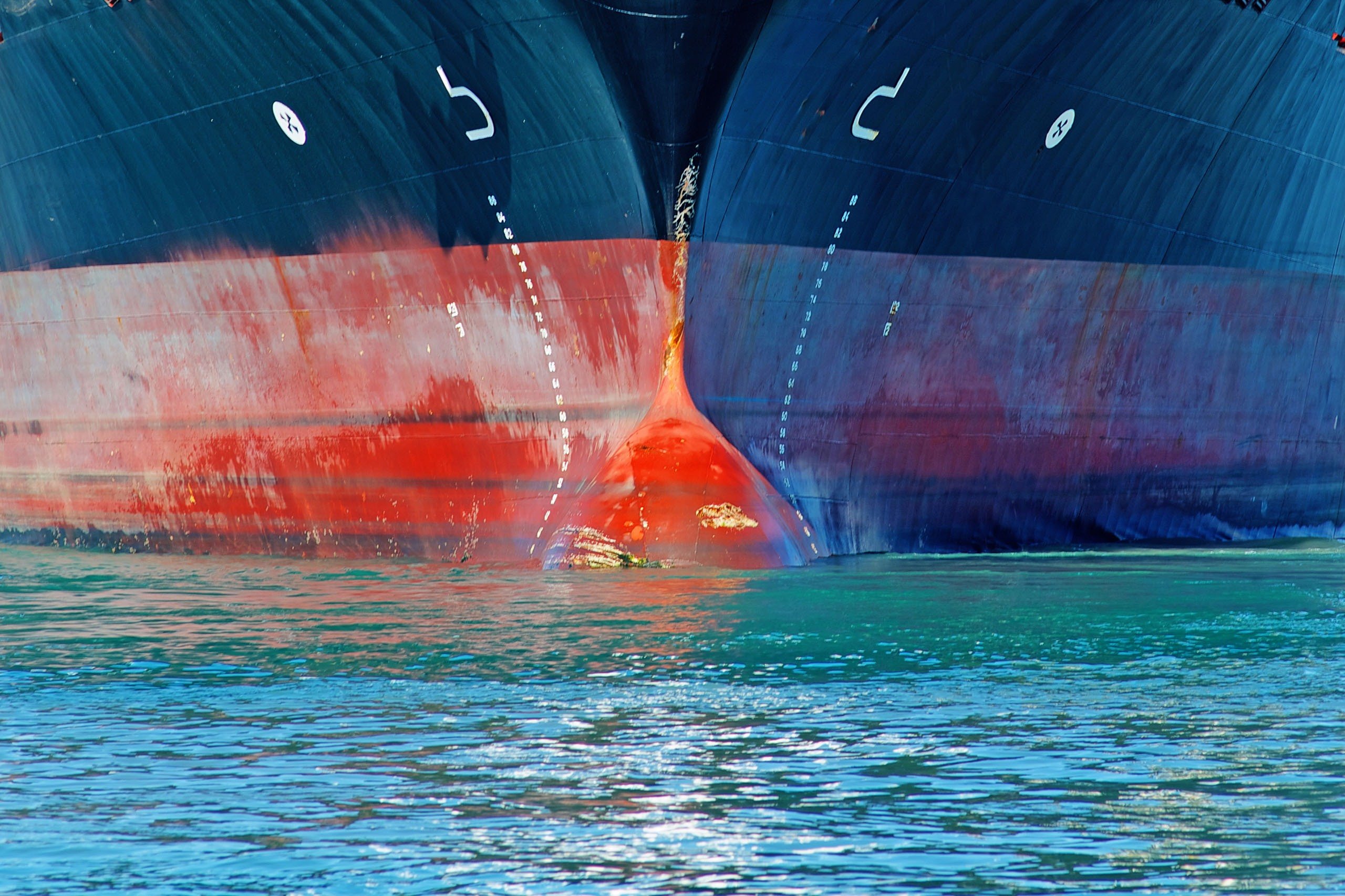These FAQs refer to the wording of the MLC 2006 and extensive FAQs issued by the International Labour Organisation (ILO). The following links to the full text of MLC 2006 in all available languages taken from the ILO's website.
1. What is the Maritime Labour Convention, 2006 (MLC 2006)?
The MLC 2006 is a comprehensive international labour Convention that was adopted by the International Labour Conference of the International Labour Organization (ILO), under article 19 of its Constitution, at a maritime session in February 2006 in Geneva, Switzerland. It sets out seafarers' rights to decent conditions of work and helps to create conditions of fair competition for shipowners. It is intended to be globally applicable, easily understandable, readily updatable and uniformly enforced.
The Maritime Labour Convention, 2006 (MLC 2006) has been designed to become a global legal instrument that will be the "fourth pillar" of the international regulatory regime for quality shipping, complementing the key Conventions of the International Maritime Organization (IMO) such as the International Convention for the Safety of Life at Sea, 1974, as amended (SOLAS), the International Convention on Standards of Training, Certification and Watchkeeping, 1978, as amended (STCW) and the International Convention for the Prevention of Pollution from Ships, 73/78 (MARPOL).
The MLC 2006 contains a comprehensive set of global standards, based on those that are already found in the maritime labour instruments (Conventions and Recommendations), adopted by the ILO between 1920 and 1996. It brings all, except four (see below 3), of the existing maritime labour instruments (International Labour Standards (ILS)) together in a single Convention that uses a new format, with some updating, where necessary, to reflect modern conditions and language. The Convention "consolidates" and revises the existing international law on all these matters.
2. Does the MLC 2006 directly apply to shipowners, ships and seafarers?
The MLC 2006 is an international legal instrument and does not, therefore, apply directly to shipowners, ships or seafarers. Instead like all international law, it relies on implementation by countries through their national laws or other measures [see ILO FAQ, A.8 "What measures must a country take to ensure that the MLC 2006 is properly applied"]. The national law or other measures would then apply to shipowners, seafarers and ships. The MLC 2006 sets out the minimum standards that must be implemented by all countries that ratify it.
3. What will happen to the maritime labour Conventions adopted before 2006?
According to ILO FAQ - A19, the existing ILO maritime labour Conventions will be gradually phased out as countries that have ratified those Conventions ratify the MLC 2006, but there will be a transitional period when some Conventions will be in force in parallel with the MLC 2006. Countries that ratify the MLC 2006 will no longer be bound by the existing Conventions when the MLC 2006 comes into force for them. Countries that do not ratify the MLC 2006 will remain bound by the existing Conventions they have ratified, but those Conventions will be closed to further ratification. Entry into force of the MLC 2006 will not affect the four maritime Conventions that are not consolidated in the MLC 2006. [Those are the Conventions addressing seafarers' identity documents of 2003 and the 1958 Convention that it revises, the Seafarers' Pension Convention, 1946 and the Minimum Age (Trimmers and Stokers) Convention, 1921.]. They will remain binding on States that have ratified them irrespective of the MLC 2006.
4. When will MLC 2006 come into force?
MLC 2006 shall come into force 12 months after the date on which there have been registered ratifications by at least 30 Member states with a total share in the world gross tonnage of ships of 33%.
The Convention has now been ratified by 30 ILO Member States, the latest being Russia and the Philippines. The tonnage requirement of at least 33% has also been well exceeded. The Convention will therefore come into force in August 2013.
5. Who is protected by MLC 2006?
Seafarers. Seafarers are defined as "all persons who are employed or are engaged or work in any capacity on board a ship to which the Convention applies".
6. What ships does the MLC 2006 apply to?
The Convention will apply to all ships, whether publicly or privately owned, ordinarily engaged in commercial activities, other than ships engaged in fishing or in similar pursuits and ships of traditional build such as dhows and junks. This Convention does not apply to warships or naval auxiliaries. A "ship" is defined as a ship other than one which navigates exclusively in inland waters or waters within, or closely adjacent to, sheltered waters [see ILO FAQ, B6] or areas where port regulations apply [see also ILO FAQ, B4 to B13]
7. What are the key liabilities and responsibilities of shipowners vis-à-vis seafarers under the Convention?
The MLC provides, amongst other things that Member States shall ensure that seafarers on vessels flying their flag are entitled to:
a) repatriation, including repatriation in cases of a shipowner's insolvency (effectively abandonment) etc. (Regulation 2.5. Standard A2.5.1 (b) and Guideline B2.5.1 (b) (iii) of the MLC) and for which financial security must be in place;
b) unemployment compensation resulting from a ship's loss or foundering. This should be paid for the days during which the seafarer remains in fact unemployed at the same rate as the wages payable under the employment agreement, but the total indemnity payable to any one seafarer may be limited to two months' wages.
c) compensation in the event of death or long term disability due to an occupational injury, illness or hazard as set out in national law, the seafarer's employment agreement or collective agreement (Regulation 4.2, Standard A4.2 (b)) and for which the shipowner must provide financial security.
8. Who is the “shipowner” under the MLC 2006?
Shipowner is defined under the MLC as "the owner of the ship or another organization or person, such as the manager, agent or bareboat charterer, who has assumed the responsibility for the operation of the ship from the owner and who, on assuming such responsibility, has agreed to take over the duties and responsibilities imposed on shipowners in accordance with this Convention, regardless of whether any other organization or persons fulfil certain of the duties or responsibilities on behalf of the shipowner".
9. What defences are there for shipowners under the MLC?
Shipowners are only afforded the following limited defences under the MLC:
In the case of repatriation, where the seafarer is in 'serious default' of his employment obligations [Standard A.2.5.3]
In the case of Seafarers' sickness, injury or death occurring in connection with their employment, where
(a) injury incurred otherwise than in the service of the ship;
(b) injury or sickness due to the wilful misconduct of the sick, injured or deceased seafarer; or
(c) sickness or infirmity intentionally concealed when the engagement is entered into. [Standard A.4.2.5]
10. What financial security is required under MLC 2006?
The MLC mandates that in relation to repatriation [Regulation 2.5] and seafarers' sickness, injury or death, occurring in connection with their employment [Regulation 4.2], States Parties to the Convention will require ships flying their flag to maintain "financial security" in respect of such claims.
Financial security is not defined and the MLC does not prescribe the form or any amount of coverage - unlike the IMO liability and compensation regimes. The MLC does not require "blue cards" and does not presently impose a right of direct action against the provider of financial security. Each individual State can determine the precise form of financial security in its domestic legislation to implement the Convention, and some form of evidence (such as proof that insurance is in place) is likely to be required to satisfy the requirement of financial security for claims for repatriation [Regulation 2.5] and seafarers' sickness, injury or death occurring in connection with their employment [Regulation 4.2].
A P&I Club Certificate of Entry may be accepted as evidence of financial security. States have not yet formally confirmed this, and they could make additional requirements for claims which might fall outside the scope of Club cover. However, the International Group is not aware that any State currently intends to impose such requirements. Different States may take different views on what constitutes appropriate evidence of financial security - and at this stage there is no guarantee that States will take a consistent approach to the financial security provisions, in particular, in relation to the repatriation costs as per Regulation 2.5 of the Convention.
11. What are the key requirements regarding repatriation of seafarers under the Convention?
Standard A.2.5.1 of the Convention provides that seafarers are entitled to repatriation in the following circumstances:
(a) if the seafarers' employment agreement expires while they are abroad;
(b) when the seafarers' employment agreement is terminated:
(i) by the shipowner; or (ii) by the seafarer for justified reasons; and also
(c) when the seafarers are no longer able to carry out their duties under their employment agreement or cannot be expected to carry them out in the specific circumstances.
Guideline B.2.5.1(b) of the Convention gives further details of the circumstances where seafarers are entitled to repatriation:
(i) in the event of illness or injury or other medical condition which requires their repatriation when found medically fit to travel;
(ii) in the event of a shipwreck;
(iii) in the event of the shipowner not being able to continue to fulfil their legal or contractual obligations as an employer of the seafarers by reason of insolvency, sale of ship, change of ship’s registration or any other similar reason;
(iv) in the event of a ship being bound for a war zone, as defined by national laws or regulations or seafarers’ employment agreements, to which the seafarer does not consent to go, and
(v) in the event of termination or interruption of employment in accordance with an industrial award or collective agreement or termination of employment for any other similar reason.
12. To what extent is a shipowner's liability for repatriation under Regulation 2.5 of the MLC covered under the Club rules?
Whilst P&I cover will in general encompass repatriation linked to injury or illness or due to a shipwreck (c) (i) and (ii) above), the other causes in (c) (iii) to (v) are presently beyond the scope of cover. However, at their meeting 29th October 2012, the Club's Board of Directors decided that cover should be extended to evidence financial security for repatriation costs under the MLC in the event of insolvency of the shipowner, the seaman's refusal to go on board a ship bound for a war zone, and termination of employment.
Club cover will be on the basis that the Member will be obliged to indemnify the Club in the event of any payments being made. This is unlikely to be of practical significance in cases of insolvency (though it may mean that recovery can be made from co-assureds) but will ensure that in other circumstances (such as repatriation following termination of employment) the costs are ultimately borne by the shipowner.
The Board's decision to give cover to allow Members to evidence financial security as required by the MLC will necessitate an amendment to the relevant Club rules for the next policy year.
13. Which Member states have indicated to date that they will accept Certificate of Entry as evidence of the owners’ financial security?
To date, such indication has been received from Bahamas, Cayman Islands, Cyprus, Kiribati, Liberia, St Kitts & Nevis, Marshall Islands, Malta, Norway, Switzerland Tuvalu and the UK.





